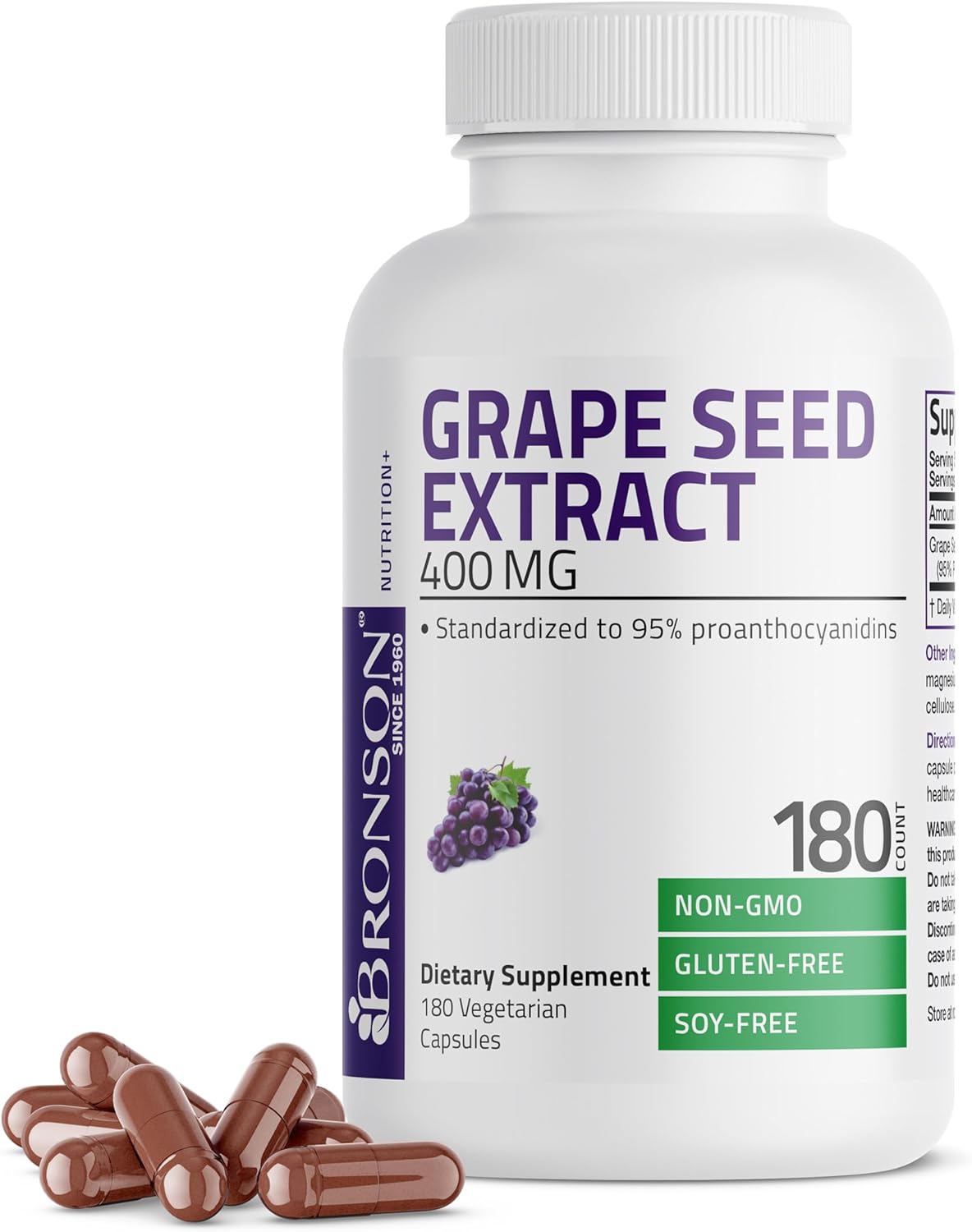Can you take Adenosine Triphosphate and Methyl Folate together?
Interaction Details
Taking Adenosine Triphosphate (ATP) and Methyl Folate together has the potential for good synergy, suggesting a rating of 4 out of 5.
Methyl Folate plays a crucial role in the synthesis of neurotransmitters and can influence energy production indirectly by supporting the overall health of the nervous system. ATP, being a direct energy carrier in cells, can provide immediate energy for various cellular processes. When combined, Methyl Folate could enhance the body's ability to utilize ATP effectively by supporting the synthesis of nucleic acids and the repair of cells, potentially amplifying the energy-boosting effects of ATP. Moreover, Methyl Folate's role in methylation processes could complement ATP's involvement in cellular energy transfer reactions. The combination might enhance the efficiency of energy production and utilization in the body, supporting both neurological and cellular functions.
Potential Benefits
Potential Risks
Adenosine Triphosphate
Adenosine Triphosphate (ATP) is a molecule that serves as the primary energy carrier in cells, playing a crucial role in various cellular processes, including muscle contraction, nerve impulse transmission, and biosynthesis.
Methyl Folate
5-MTHF L-Methylfolate (also sometimes called Levomefolate) is the active form of folate – also known as vitamin B9, which plays a crucial role in various bodily functions, including DNA synthesis, cell division, and homocysteine metabolism. Methyl folate is essential for the production of red blood cells, nerve function, and the synthesis of certain neurotransmitters. It is also involved in the metabolism of amino acids, the formation of SAMe, and the maintenance of healthy homocysteine levels.
